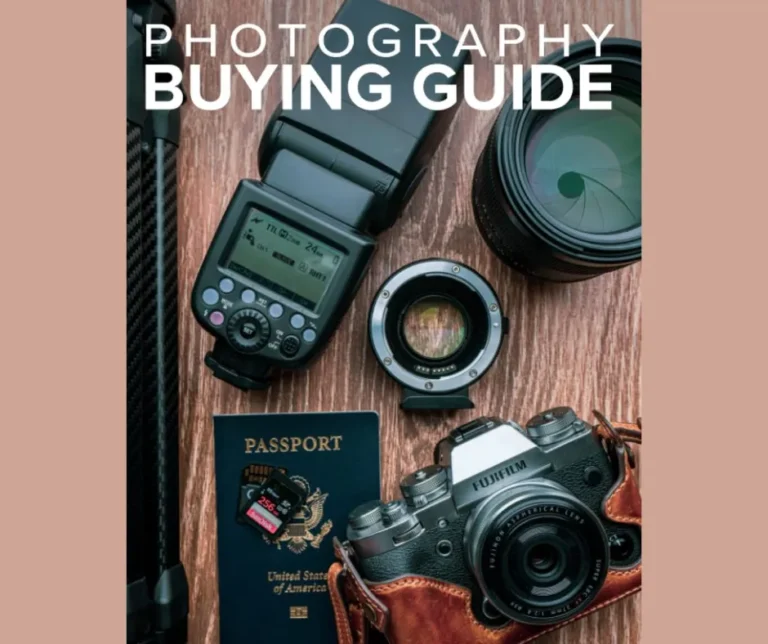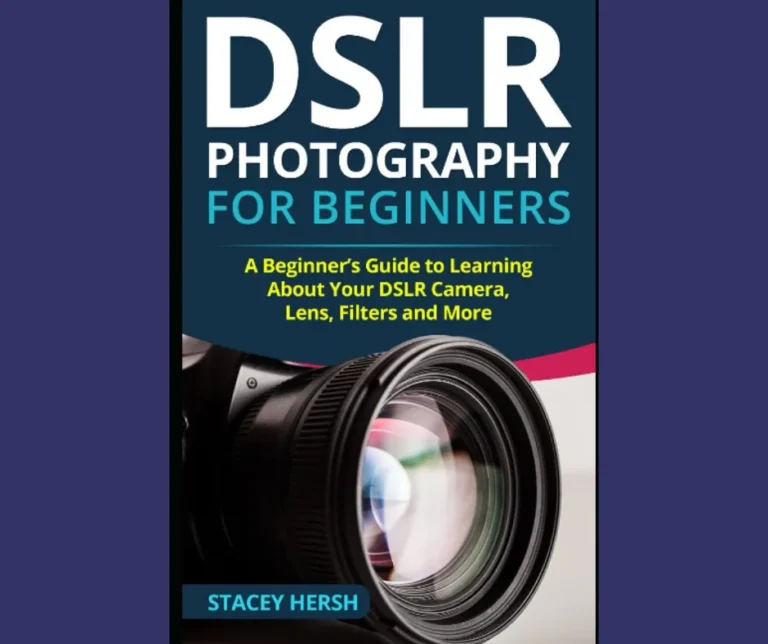Leveraging the Rule of Thirds for Stunning Photography: Best Practices and Examples
If you’re an aspiring photographer, chances are you have heard of the rule of thirds.
This fundamental principle of composition can elevate your photos from ordinary to extraordinary.
From landscapes to portraits, understanding and implementing the rule of thirds can greatly improve the overall aesthetic and impact of your images.
In this article, we will explore the best practices for leveraging the rule of thirds to create stunning photography.
We will also provide examples and tips on how to effectively use this technique in different types of photography.
So, whether you’re a beginner looking to improve your skills or an experienced photographer wanting to refresh your knowledge, this article will provide you with valuable insights and inspiration to take your photography to the next level.
So, grab your camera and let’s dive into the world of the rule of thirds.
Improve composition with grid lines
To enhance your composition and create visually appealing photographs, it is crucial to leverage the rule of thirds and make effective use of grid lines.
By dividing your frame into nine equal parts with two horizontal and two vertical lines, the grid lines act as a guide to help you align your subject and other key elements.
Placing your subject along the intersecting points or along the lines can add balance and interest to your composition.
It enables you to create a sense of depth and draw the viewer’s attention to the focal point.
Additionally, the grid lines assist in ensuring that your horizon is level and that your vertical lines are straight, resulting in a more professional and visually pleasing image.
Experiment with different placement options and observe how utilizing grid lines can transform your photographs into stunning works of art.
Place subject on grid lines
When leveraging the rule of thirds for stunning photography, one of the key practices is to strategically place your subject on the grid lines.
By doing so, you can create a visually engaging composition that draws the viewer’s attention to the focal point.
Consider aligning your subject with one of the vertical or horizontal lines to add balance and harmony to the image.
Alternatively, placing the subject on one of the intersecting points can create a sense of emphasis and create a dynamic composition.
Experiment with different placement options and observe how this technique can elevate your photographs, resulting in captivating and visually appealing images.
By effectively utilizing the grid lines, you can create professional-looking photographs that leave a lasting impact.
Experiment with off-center placement
To further enhance your photography skills and create captivating images, it is highly recommended to experiment with off-center placement.
Instead of positioning your subject directly in the center of the frame, try placing it slightly to the left or right, or even towards the top or bottom.
This technique adds a sense of asymmetry and visual interest to your composition.
By deviating from the traditional centered approach, you can create a dynamic and compelling image that engages the viewer’s attention.
Play around with different off-center placements and observe how it impacts the overall balance and composition of your photographs.
This experimentation will allow you to discover unique perspectives and create visually stunning images that stand out.
Remember to consider the rule of thirds as you explore off-center placement, as it can help guide your decisions and maintain a harmonious composition.
Leveraging the rule of thirds in conjunction with off-center placement will undoubtedly elevate your photography and result in stunning and impactful visuals.
Balance elements with rule of thirds
To achieve a visually balanced composition in your photography, it is essential to leverage the rule of thirds.
This technique involves dividing your frame into a grid of nine equal sections by placing two horizontal lines and two vertical lines.
By aligning your key elements along these gridlines or at their intersections, you can create a more harmonious and visually pleasing image.
The rule of thirds helps you avoid placing your subject directly in the center, which can result in a static and less engaging composition.
Instead, it encourages you to strategically position your subjects or points of interest off-center, allowing for negative space and a more dynamic composition.
By incorporating this technique into your photography, you can achieve a well-balanced image that captures the viewer’s attention and creates a sense of visual harmony.
Use examples for inspiration
As you delve into the world of leveraging the rule of thirds for stunning photography, don’t underestimate the power of using examples for inspiration.
By studying the work of skilled photographers who have successfully applied this technique, you can gain valuable insights and ideas for your own compositions.
Analyze how they have placed their subjects or points of interest along the gridlines or at the intersections to create a visually appealing image.
Pay attention to the use of negative space and how it enhances the overall composition.
By exploring various examples, you can expand your creativity and develop a better understanding of how to effectively apply the rule of thirds in your own photography.
Remember, inspiration can come from a variety of sources, such as photography books, online galleries, or even exhibitions.
By immersing yourself in the work of others, you can elevate your own skills and create captivating photographs that truly stand out.
Overall, the rule of thirds is a powerful tool that can greatly enhance the composition and visual impact of your photographs.
By following the best practices and utilizing the examples discussed in this post, you can elevate your photography to a more professional level.
Keep in mind that while the rule of thirds is a valuable guideline, it is not a strict rule and there are times when breaking it can lead to unique and stunning images.
So don’t be afraid to experiment and let your creativity shine through.
With practice and careful consideration, you’ll be well on your way to creating stunning photographs that truly capture the essence of your subject.
So go out there and start incorporating the rule of thirds into your photography and see the amazing results for yourself.
FAQ
How does the rule of thirds work in photography, and why is it considered a best practice for creating stunning images?
In photography, the rule of thirds is a technique where you imagine dividing the frame into nine equal parts using two horizontal and two vertical lines.
By placing your subject or points of interest along these lines or at their intersections, you create a visually pleasing and balanced composition.
This technique is considered a best practice because it adds depth and interest to your images.
By avoiding placing your subject in the center of the frame, you create a more dynamic and engaging photo.
The rule of thirds helps guide the viewer’s eye and adds a sense of balance and harmony, resulting in stunning and captivating images.
Can you provide some examples of how photographers have successfully used the rule of thirds to enhance their compositions and create visually appealing photographs?
Sure, you can see photographers using the rule of thirds to create visually appealing photographs in various ways.
For instance, when capturing landscapes, they often place the horizon line along one of the horizontal lines of the grid, creating a sense of balance and division.
In portraits, they position the subject’s eyes along the intersections of the grid, drawing attention to the most important features.
Additionally, photographers utilize the rule of thirds to compose dynamic shots by placing key elements such as buildings, trees, or leading lines along the grid lines.
This technique enhances the overall composition and creates a more visually captivating photograph.
Are there any specific techniques or guidelines that photographers should follow when applying the rule of thirds to their compositions?
When applying the rule of thirds to your compositions, photographers should consider a few techniques and guidelines.
Firstly, imagine a grid divided into nine equal parts and place the key elements of your photo along the lines or at the intersections to create more visual interest.
Secondly, avoid placing the subject directly in the center of the frame; instead, position it slightly off-center to create a sense of balance and flow.
Additionally, use leading lines or diagonal elements to guide the viewer’s eye towards the main subject.
Lastly, don’t be afraid to experiment and break the rule of thirds for more dynamic compositions.
In what ways can photographers leverage the rule of thirds to create a sense of balance and visual interest in their photographs?
To create a sense of balance and visual interest in your photographs, you can leverage the rule of thirds by positioning your subject or focal point at one of the intersections or along the lines of the imaginary grid.
This technique helps to create a more dynamic composition and draws the viewer’s attention to the important elements in the frame.
By placing key elements off-center, you can also introduce negative space, adding depth and allowing for a more visually pleasing image.
Additionally, using the rule of thirds can help you establish a sense of harmony and proportion within your photographs, resulting in a more balanced and engaging composition.
Are there any instances or genres of photography where the rule of thirds may not be as applicable or effective, and what alternative composition techniques can be used in those cases?
In certain instances or genres of photography, the rule of thirds may not always be as applicable or effective.
For example, in abstract or minimalist photography, you might prefer to use other composition techniques.
One alternative technique is centered composition, where you place your subject right in the middle of the frame, creating a balanced and symmetrical look.
Another approach is leading lines, where you use lines or shapes within the frame to guide the viewer’s eyes towards the subject.
Additionally, in certain cases, such as architectural or symmetrical photography, using a centered or symmetrical composition can create a strong and impactful image.
Ultimately, it’s important to experiment with different techniques to find what works best for your specific subject or desired effect.







